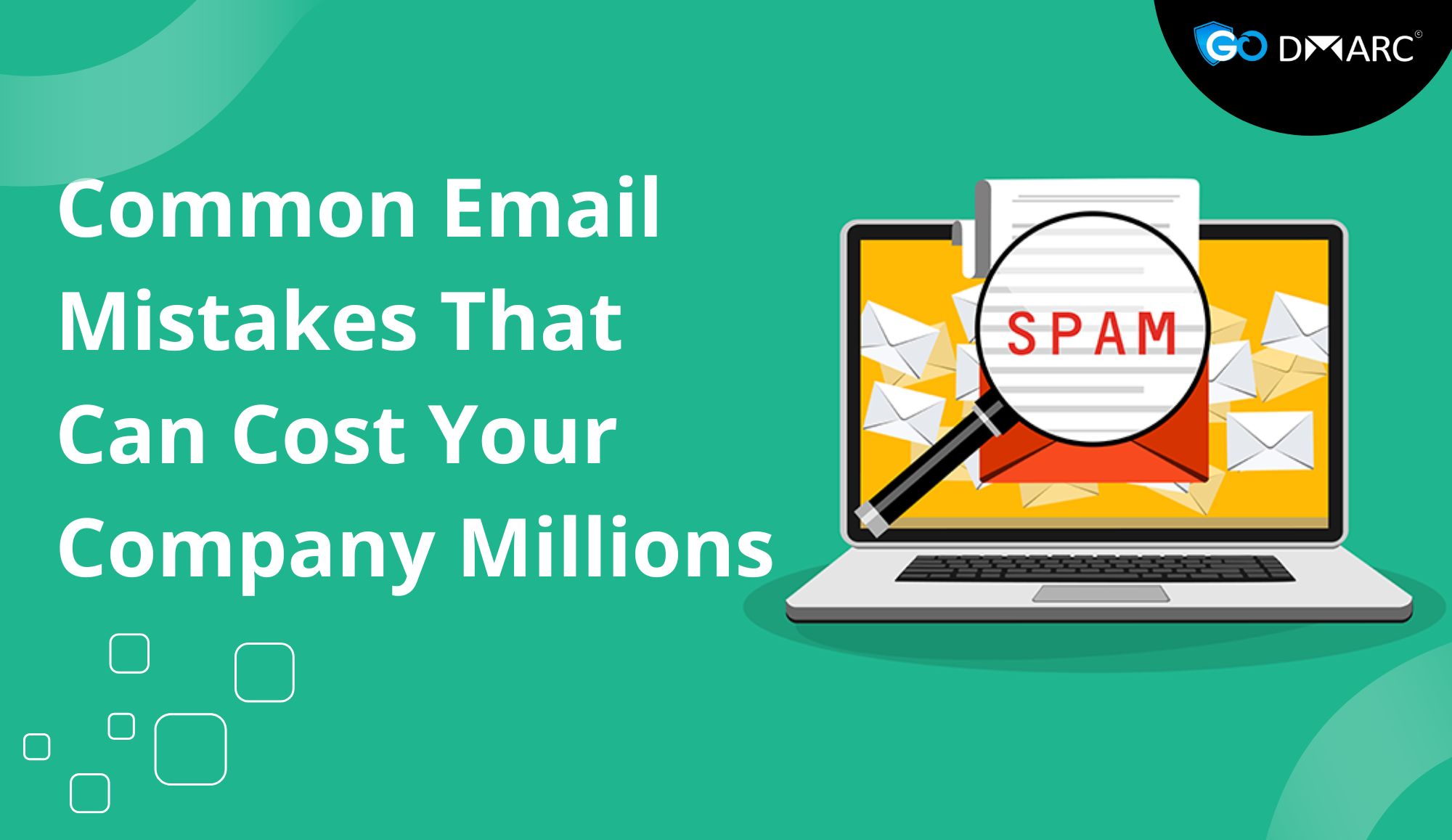Introduction
Email security has always been a critical concern for both businesses and individual users. Cyber threats continue to evolve, and email remains a prime target for phishing, spoofing, and spam. In response to these ever-growing challenges, Google and Yahoo have introduced stringent security standards for 2024. These new measures aim to enhance email authentication, improve user trust, and reduce the risks associated with fraudulent messages.
This blog will provide an in-depth analysis of these groundbreaking security changes, their implications for businesses and email senders, and best practices for compliance.
The Evolution of Email Security Standards
The Growing Threat Landscape
Email-based cyberattacks have increased exponentially in recent years. Cybercriminals use tactics such as spoofing and phishing to deceive users into divulging sensitive information or spreading malware. Given the rising number of incidents, major email service providers (ESPs) have taken proactive steps to enhance email security.
Why Are Google and Yahoo Implementing New Security Standards?
Both Google and Yahoo are among the largest ESPs in the world. Their new security measures are designed to protect users from malicious activities, reduce spam, and improve the overall email ecosystem. These changes ensure that only legitimate and properly authenticated emails reach users’ inboxes while filtering out potentially harmful messages.
Understanding Google and Yahoo’s 2024 Security Standards
1. Strengthened Email Authentication Requirements
One of the most significant changes involves stricter authentication protocols. Email senders must implement robust authentication mechanisms to ensure their messages are not flagged as spam or rejected outright.
Key Authentication Protocols:
- SPF (Sender Policy Framework): Ensures that email servers are authorized to send messages on behalf of a domain.
- DKIM (DomainKeys Identified Mail): Provides a digital signature for email authentication, verifying that messages have not been tampered with.
- DMARC (Domain-based Message Authentication, Reporting, and Conformance): Enforces email authentication policies and helps prevent domain spoofing.
These authentication protocols work together to enhance security, reduce email spoofing, and improve deliverability.
2. Mandatory Email Encryption
Google and Yahoo are emphasizing encryption as a fundamental security requirement. Encryption protects email contents from interception and unauthorized access during transmission.
- Transport Layer Security (TLS): TLS encryption ensures that emails are securely transmitted between servers, reducing the risk of data breaches.
- End-to-End Encryption (E2EE): While not universally implemented yet, E2EE provides an additional layer of security by encrypting messages so that only the intended recipient can read them.
3. Stricter Anti-Spam Policies
Both email giants are enforcing stricter anti-spam regulations. Senders must ensure their emails comply with new spam filtering techniques to maintain inbox placement.
- Message Formatting Guidelines: Emails must follow proper formatting to avoid being marked as spam.
- Spam Rate Thresholds: Excessive spam complaints may lead to email rejections or domain blacklisting.
- Unsubscribe Mechanisms: Google and Yahoo require a clear and functional unsubscribe option to enhance user control over email subscriptions.
4. Enhanced User Experience and Security Alerts
To provide a safer email environment, Google and Yahoo are improving security alerts and warnings. Users will receive clearer notifications when an email is potentially harmful or originates from an unverified sender.
- Security Warnings: Emails from unauthenticated sources will carry warning labels.
- Automated Detection Systems: AI-driven algorithms will continuously monitor and flag suspicious emails for review.
Impact of These Changes on Businesses and Email Senders
1. Increased Compliance Requirements
Businesses must ensure they meet the updated security standards to avoid email deliverability issues. Failure to comply may result in emails being flagged as spam, rejected, or entirely blocked.
2. Improved Email Deliverability
Implementing authentication measures will enhance domain reputation and increase the likelihood of emails reaching recipients’ inboxes rather than their spam folders.
3. Greater Trust and Brand Protection
With enhanced email security, businesses can protect their brand from spoofing and impersonation attacks, ensuring customers receive genuine communications.
4. Potential Infrastructure Upgrades
Some organizations may need to upgrade their email infrastructure to support the new security protocols. This could involve configuring authentication records, adopting encryption practices, and improving spam compliance.
Best Practices for Adapting to Google and Yahoo’s Security Changes
1. Implement Strong Authentication Measures
Ensure your email infrastructure supports SPF, DKIM, and DMARC authentication to prevent spoofing and improve deliverability.
2. Monitor and Maintain a Good Sender Reputation
- Regularly check email performance and spam complaint rates.
- Avoid sending bulk emails without authentication.
- Use a verified domain for sending emails instead of free email providers.
3. Adopt Encryption Protocols
Enable TLS encryption for secure email transmission and consider implementing E2EE for sensitive communications.
4. Optimize Email Formatting and Compliance
- Follow email formatting guidelines to ensure messages are properly structured.
- Provide clear unsubscribe links to comply with anti-spam policies.
- Avoid misleading subject lines or content that may trigger spam filters.
5. Regularly Review and Update Email Security Policies
Cyber threats evolve constantly. Businesses should regularly audit their email security measures and adapt to new threats and compliance requirements.
Conclusion
Google and Yahoo’s 2024 security standards mark a significant step toward a safer and more reliable email ecosystem. By enforcing strict authentication requirements, enhancing encryption, and implementing stringent anti-spam measures, they are making it harder for cybercriminals to exploit email vulnerabilities.
Organizations must proactively adapt to these changes by implementing authentication protocols like SPF, DKIM, and DMARC. Compliance not only ensures email deliverability but also strengthens brand trust and security. As email security continues to evolve, staying informed and following best practices will be essential for businesses and email senders to thrive in the digital communication landscape.




